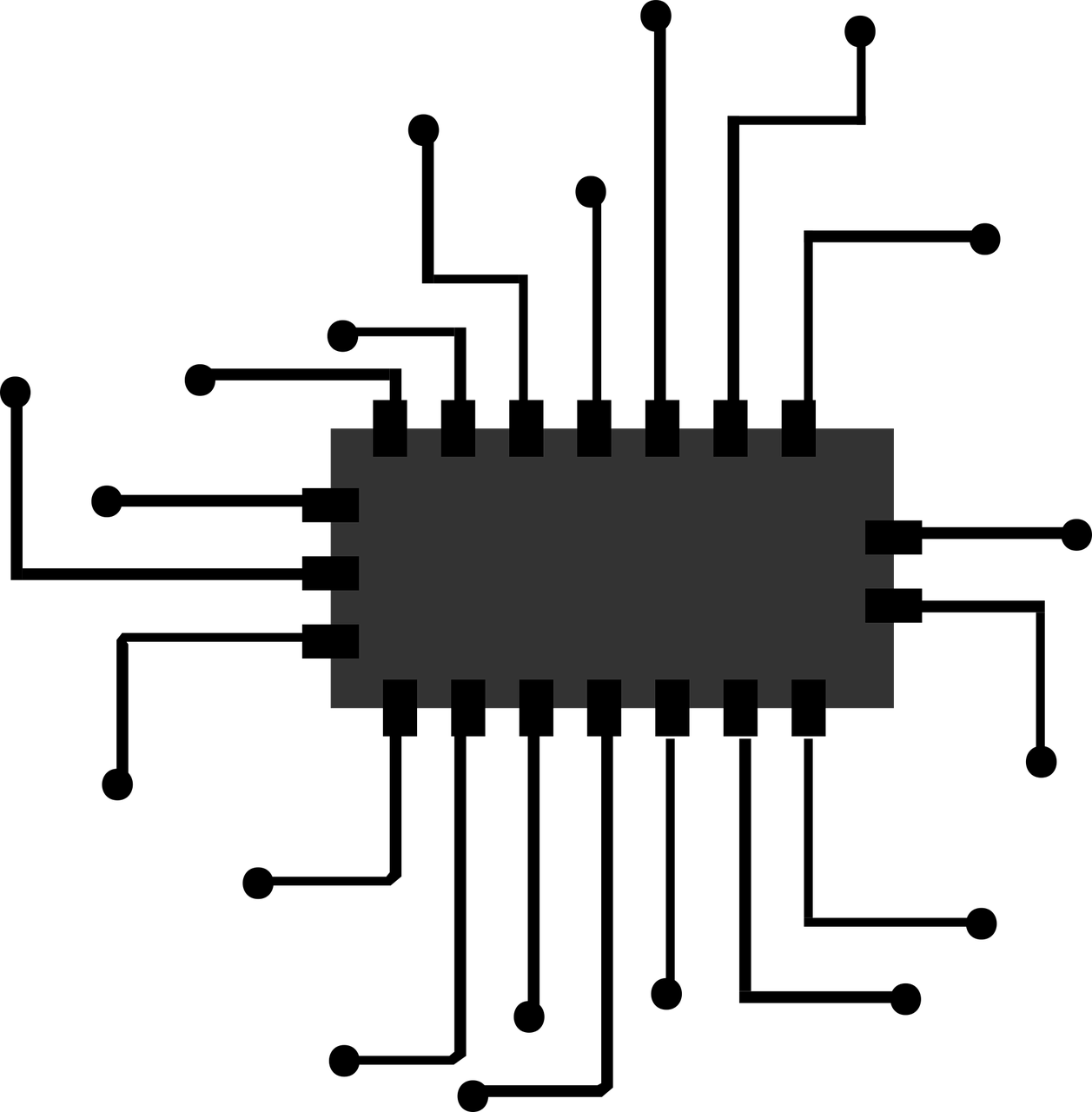While the electronics industry has progressed over the years, the emergence of electric vehicles (EV) introduces a new demand where car parts in the hybrid sector is concerned. With such a scenario comes its huge contribution to the electronics industry.
Innovation sets in
Building sophisticated engines is instrumental in the long run. Considering that these cars carry zero to very limited maintenance options, leaning heavily on electronic components will definitely play a role in the longevity of EVs.
The electrical system of an EV means everything. Considering that the automobile itself is very much reliant on the recharging flow, the way the engine is positioned and the interactive processes of all the components determine how efficient the motor functions as a whole.
Within the machinery system, it is vital that structures are mapped out to avoid indirect contact. Anything that complicates this status will often lead to troubles related with circuitry and vehicle movement. Add to that the perils of getting the driver electrocuted.
Battery power
Of prime significance is the stability of the electronic parts. In addition to the proper connections, adequate insulation and preventive contacts are also essential to ensure that the traction system is able to function fully at ease.
Primarily, power starts with the traction battery pack. While the batteries used in conventional and EVs are closely associated, there is a huge difference when it comes to the design. For regular automobiles, a spark from its energy-filled battery is all that is needed to start the car before having the alternator take over the rest of the way.
With electric vehicles, a deep-cycle pack is necessary to power the engine within a considerable period of time. Considering its high energy density, lithium ion and polymer units, provide EVs with sustainable energy which can last up to ten years.
Inverting process
Secondly, energy flow starts with the power inverter. EVs do not get into motion unless the alternating current (AC) is running through its system. This is made possible by the inverting instrument which converts the direct current (DC) into an appropriately usable state.
The device brings energy output through the utilization of transistors. By being the intermediary piece between the engine and the battery, the solid-state inverter introduces the compatibility needed to power the motor propulsions.
Current manageability
Thirdly, managing the energy flow makes the power controller indispensable to the overall performance of electric-powered engines. Considering the instability that goes with electrical flows, the unit ultimately regulates the frequency and voltages going into the motor.
With the constant soaring of fuel prices, the world may ultimately find that EVs can be a better transportation option for the future. While the hefty price tag of car parts is a major concern, it is highly likely that these rates will eventually go down as the impending demand for electronic and electrical components ultimately increase.
